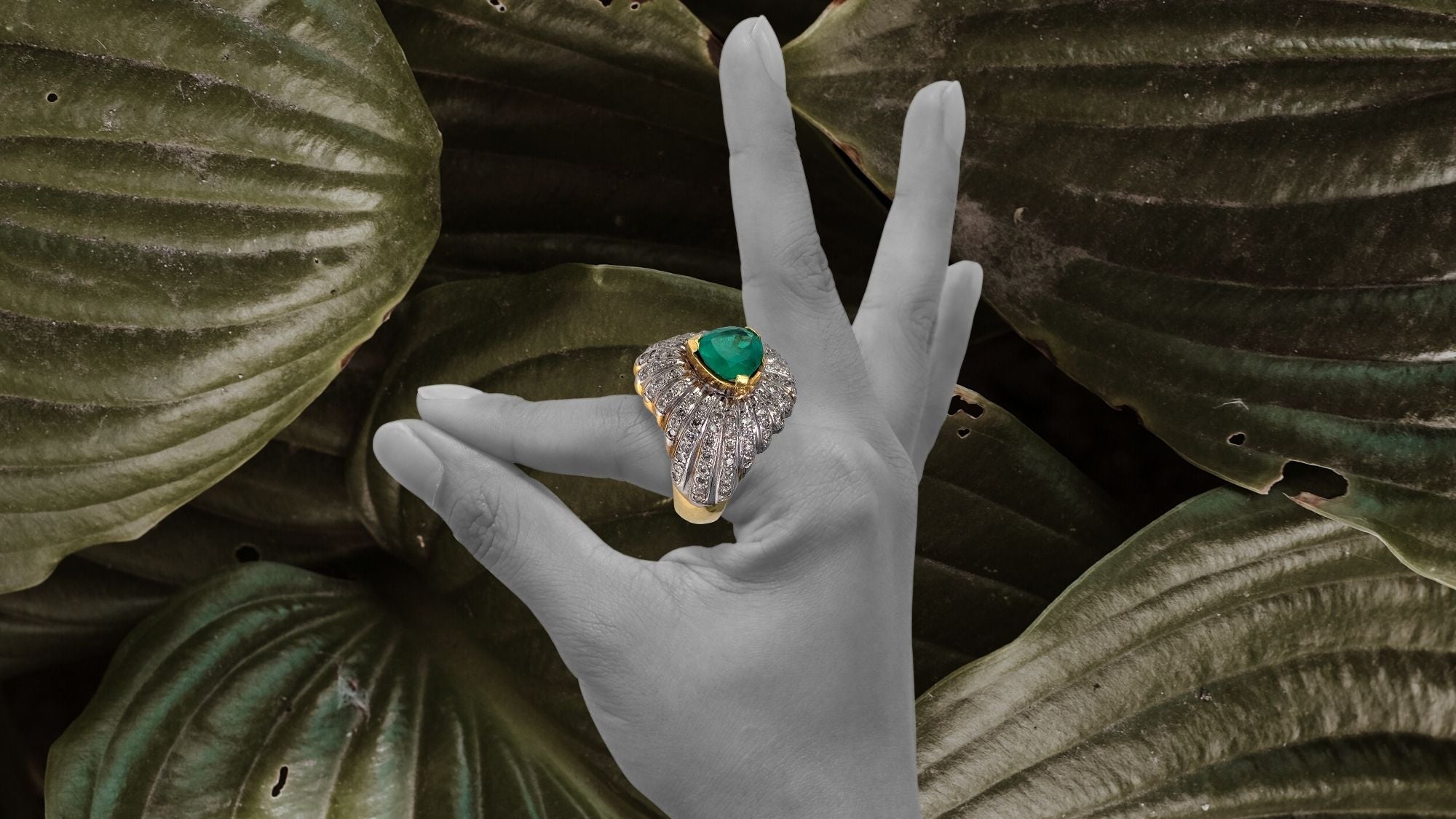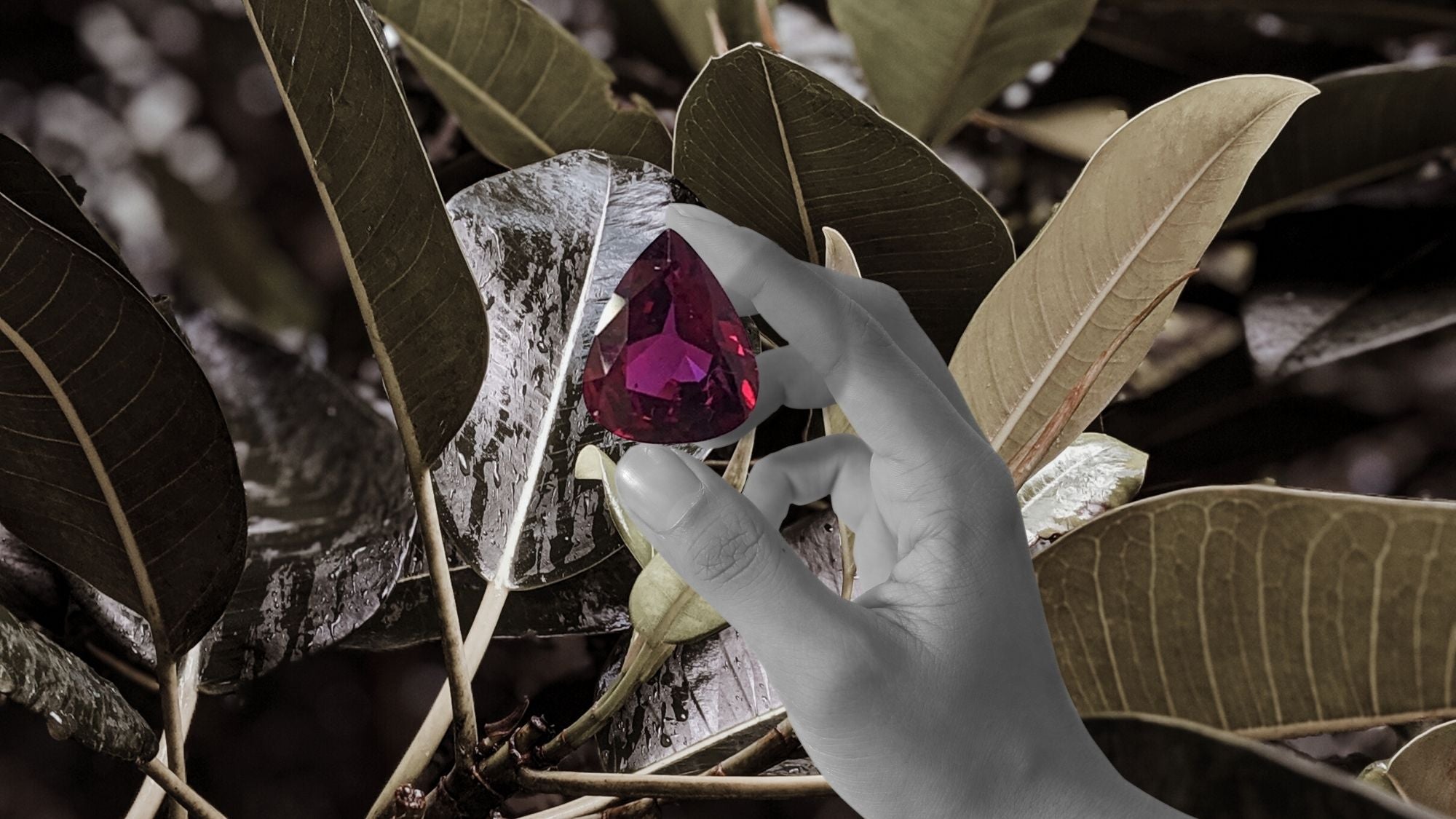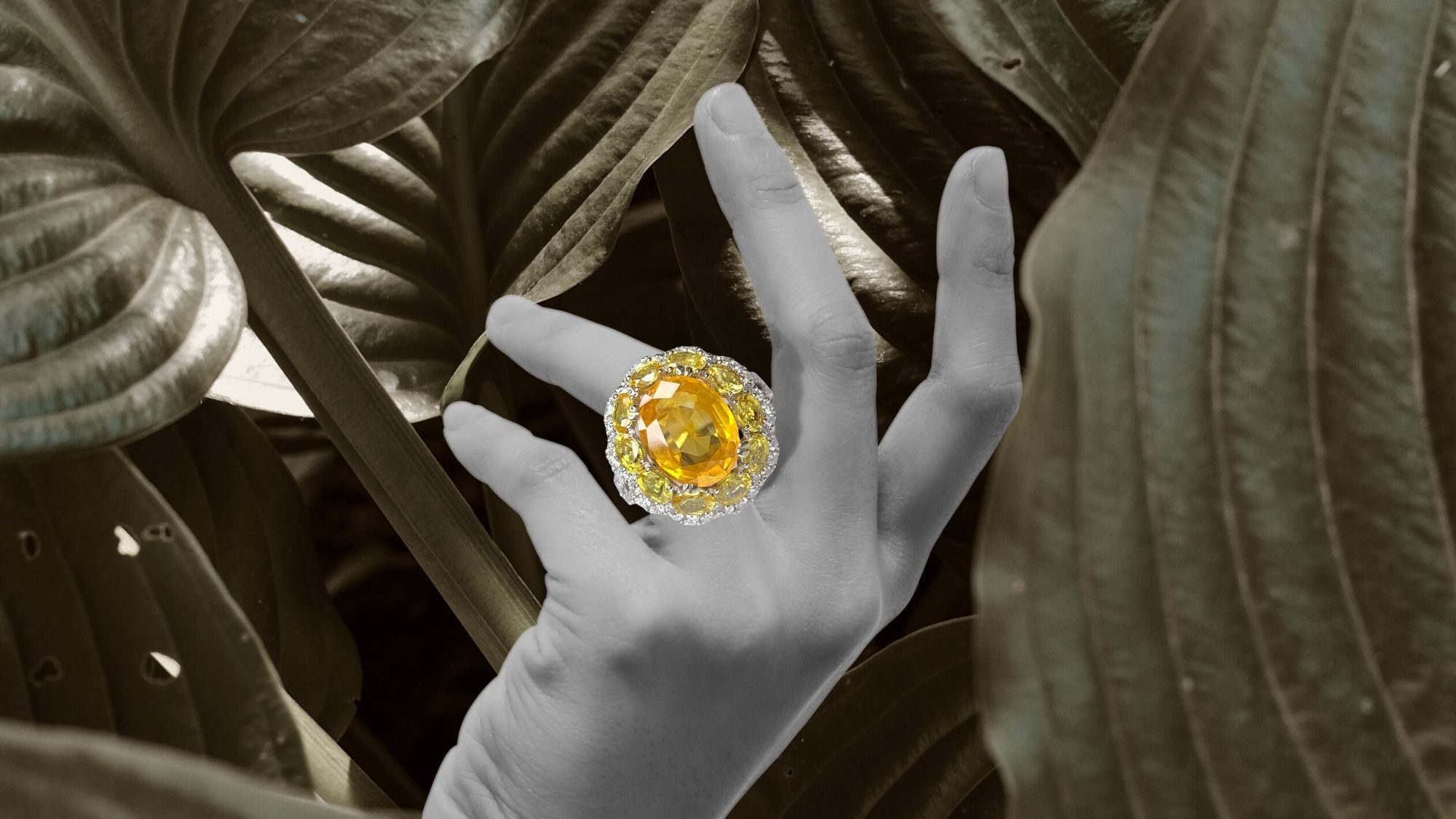Jewelry has been an integral part of human culture since ancient times. From simple shell necklaces to intricate diamond rings, jewelry has always been a symbol of wealth, status, and beauty. In this article, we will take a journey through the history of jewelry, from ancient times to the modern era, and explore the evolution of jewelry-making techniques, materials, and styles.
The Origins of Jewelry-Making: From Shells to Gold

For thousands of years, humans have incorporated jewelry into their cultures by crafting basic ornaments from natural materials. These early pieces were often worn for practical purposes, such as to keep hair out of the face or as a talisman to ward off evil spirits. However, as human societies progressed, jewelry transformed from being solely practical to symbolizing beauty, status, and affluence.
The earliest known pieces of jewelry date back to around 25,000 BC, during the Paleolithic era. These pieces were made from animal teeth, bones, and shells and were often strung together to create necklaces or bracelets. In some cultures, jewelry was also used as a form of currency.
As human societies developed and became more complex, so did jewelry-making techniques. The ancient Egyptians, for example, were among the first to create sophisticated designs, using gold, silver, and precious stones to craft intricate pieces that reflected their status and power. Their elaborate necklaces, bracelets, and earrings were often adorned with symbols and hieroglyphics, that were worn by both men and women.
The Legacy of Ancient Greece and Rome in Jewelry-Making

The ancient Greeks and Romans were known for their love of luxury and intricate jewelry designs, and their legacy in this art form can still be seen today in the use of classical motifs and techniques.
The Greeks and Romans were skilled in using precious metals like gold and silver, as well as precious stones like emeralds, rubies, and diamonds, to create ornate and refined jewelry. Their designs were often inspired by nature, featuring animals, plants, and other motifs.
One of the most iconic jewelry designs from ancient Greece is the serpent bracelet, often worn as a symbol of protection and good fortune. The Romans also were renowned for their jewelry-making skills, and their designs were heavily influenced by Greek styles. Roman jewelry often featured intricate scrollwork and geometric patterns, and they were also skilled in using gemstones like sapphires, amethysts, and pearls.
Jewelry-Making in the Middle Ages

During the Middle Ages, jewelry-making became more widespread, with craftsmen designing pieces for both religious and secular purposes. The Church played a significant role in crafting jewelry during this period, commissioning elaborate designs for religious ceremonies and as symbols of wealth and power, incorporating religious symbols into secular jewelry designs.
The jewelry-making techniques of the Middle Ages were heavily influenced by the ancient Romans and Greeks, as well as the Byzantine Empire. Gold and silver were the most commonly used metals, and techniques such as enameling and filigree were used to create intricate designs.
During the late Middle Ages, jewelry-making became more elaborate and ornate. The rise of the merchant class and the increasing wealth of European monarchs meant that jewelry was no longer solely for religious purposes. Instead, jewelry became a symbol of wealth and status, with intricate designs featuring gemstones and pearls becoming more common.
Jewelry-Making in the Renaissance and Baroque Periods

The Renaissance and Baroque periods were marked by a renewed interest in classical art and culture, and this interest extended to the art of jewelry-making. During these periods, pieces became more ornate and elaborate, with intricate designs inspired by classical art and mythology.
The Renaissance was characterized by a renewed interest in the arts and sciences. Jewelry-making during this period was heavily influenced by the classical art of ancient Greece and Rome. Renaissance jewelry featured elaborate designs with intricate details, such as filigree work, enamel decoration, and gemstone settings.
The Baroque period, which followed the Renaissance, was characterized by a more ornate and dramatic style. Baroque jewelry featured bold designs with an emphasis on curves and movement, often incorporating large gemstones and pearls. The style was heavily influenced by the art of the Catholic Church, with many pieces featuring religious symbols and motifs.
During the Renaissance and Baroque periods, jewelry-making became an art form in its own right. Jewelers were no longer just craftsmen but also artists who created unique and ornate pieces of wearable art.
The Rise of Contemporary Jewelry Making

Jewellery-making has evolved significantly over the centuries, from simple adornments to elaborate pieces of wearable art. In recent decades, contemporary jewelry-making has emerged as a distinct and vibrant field, with artists using unconventional materials and techniques to create unique and innovative pieces.
Contemporary jewelry-making can be traced back to the mid-20th century when artists began to experiment with new materials and techniques. They often use unconventional materials and approaches, such as 3D printing, laser cutting, and material manipulation, to create unique and innovative pieces.
Contemporary jewelry-making has also been influenced by social and cultural issues, with many artists using their work to explore themes such as gender, identity, and environmentalism. They are increasingly using recycled and sustainable materials in their work, reflecting a growing concern for the environment and a desire to create more ethical and sustainable pieces. Today jewelry-making is focused on innovation, experimentation, and personal expression.



